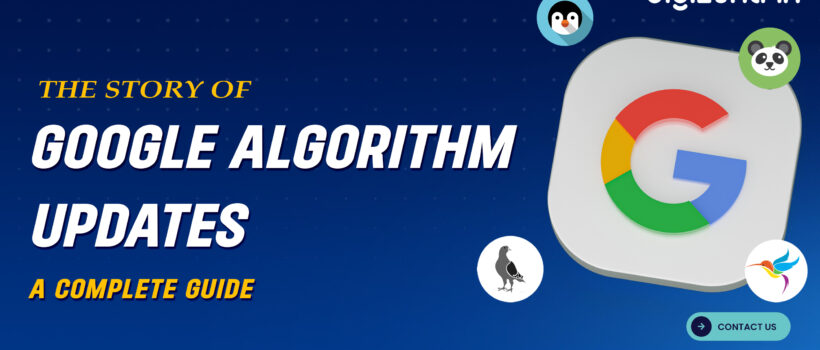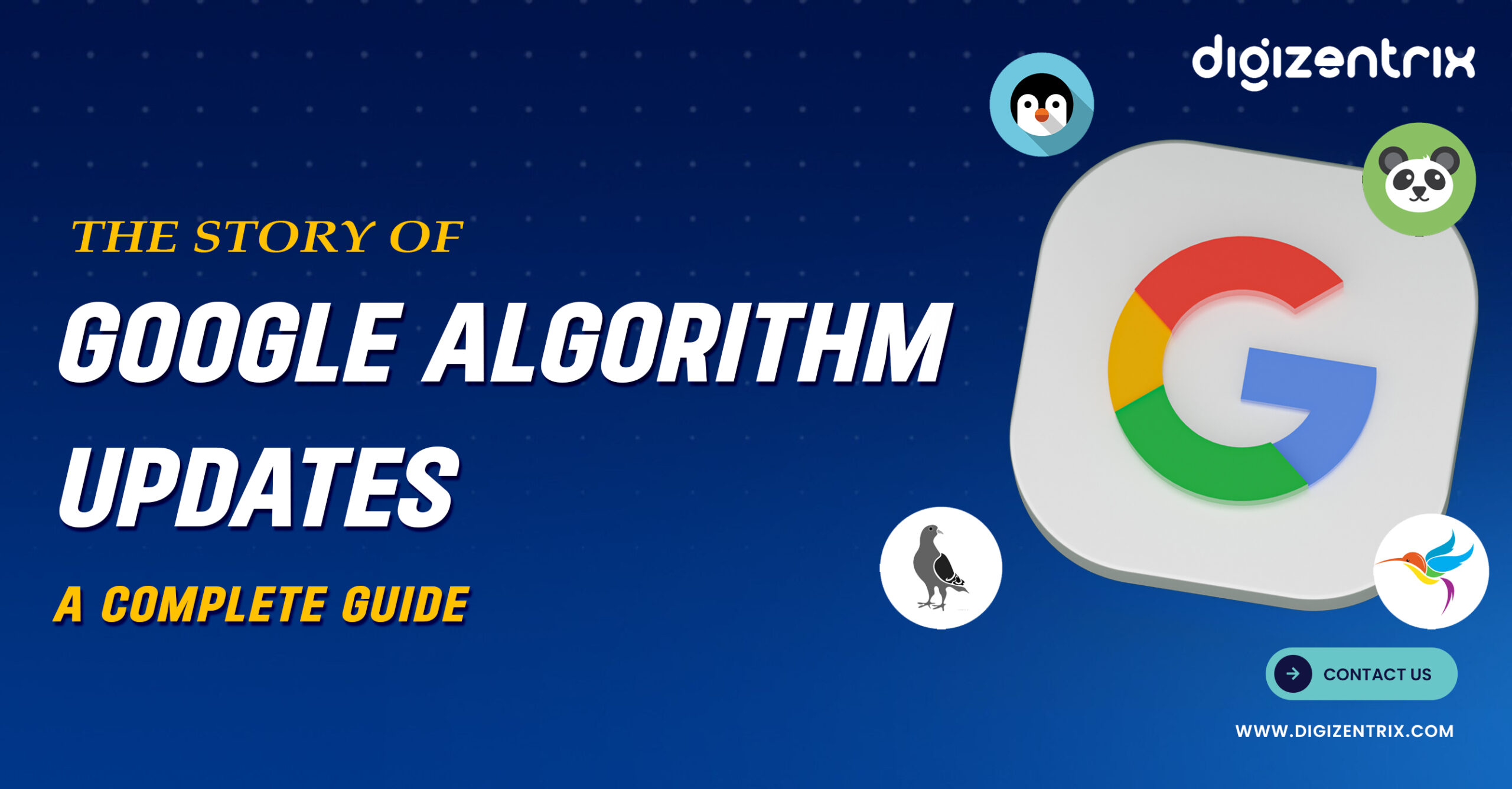
The Story of Google Algorithm Updates: How Websites Changed

Once upon a time, there was a small business owner named Sam who ran an online jewelry store. He worked hard to make beautiful jewelry and update his website, but he couldn’t get many people to visit his site. He heard about Google algorithm updates but didn’t know what they were. Little did he know, these updates would change the way his website worked.
Panda Update (2011): Focus on Good Content
In 2011, Google made a change called the Panda Update. It punished websites with poor-quality content, like short or copied descriptions. Sam’s product descriptions were similar to those on the manufacturer’s website, so his site didn’t rank well.
Sam decided to write more detailed and unique descriptions for each piece of jewelry. After some time, more people started visiting his site. Panda taught Sam that good content was important for ranking higher.
Penguin Update (2012): Clean Up Your Backlinks
The next year, Google introduced Penguin, which focused on bad backlinks. Sam had been buying backlinks from low-quality websites to improve his ranking. After Penguin, his site lost rank.
Sam realized he had to stop buying fake links and instead focus on getting real, high-quality backlinks. He worked with trusted influencers and got links from good sources. His rankings started improving.
Hummingbird Update (2013): Understanding Search Better
In 2013, Google released the Hummingbird Update, which helped Google understand search phrases better. Sam noticed that his website wasn’t showing up for searches like “best unique handmade jewelry.”
He realized that he needed to write content that answered specific questions, like “What makes handmade jewelry special?” Once he did that, his website started ranking better.
Pigeon Update (2014): Better Local Search Results
In 2014, Google introduced Pigeon, which made local search results more accurate. Sam’s website didn’t appear in local searches like “best jewelry store near me.”
After Pigeon, Sam updated his Google My Business page, added location keywords, and asked customers for reviews. This helped his store show up in local search results.
Mobilegeddon (2015): Make Your Website Mobile-Friendly
In 2015, Google launched Mobilegeddon, which focused on mobile-friendly websites. Sam’s website wasn’t mobile-friendly, and after Mobilegeddon, he saw fewer visitors on mobile phones.
Sam redesigned his website to work well on phones. After that, he saw more visitors from mobile devices. Mobilegeddon showed him that a mobile-friendly website is important.
RankBrain (2015): Google Gets Smarter
In 2015, Google introduced RankBrain, which helped Google understand complicated search queries. Sam noticed more people were finding his website with longer search phrases like “best handmade engagement rings.”
RankBrain helped Sam understand that Google was getting better at interpreting detailed questions. He started writing content for these types of searches, which helped his rankings improve.
Possum Update (2016): Local Search Gets Smarter
In 2016, Google made another update called Possum. This update improved local search by focusing on the searcher’s location. Sam’s jewelry store started ranking higher in local searches because he used local keywords.
Possum helped Sam understand how important it is to target local search factors like location and proximity.
Fred Update (2017): Focus on Quality Content
In 2017, Google released the Fred Update, which targeted websites with too many ads and low-quality content. Sam had been focusing a lot on affiliate links, but Fred showed him that his content should come first.
Sam removed some of the affiliate links and added more helpful content, like jewelry care tips. His rankings improved as a result.
BERT Update (2019): Google Understands Natural Language
In 2019, Google introduced BERT, which helped Google understand natural language better. Sam noticed his website started ranking better for searches like “best handmade necklace for a birthday gift.”
BERT showed Sam that writing in a natural, easy-to-understand way helped his site rank better. So, he focused on writing content that answered real, everyday questions.
Core Updates (2020-Present): Keeping Content Relevant
Over the years, Google kept updating its algorithm with Core Updates. Sam kept improving his website’s content and user experience. With each update, his rankings continued to grow.
In 2021, Google introduced the Page Experience Update, which focused on how easy a website is to use. Sam made his website faster and easier to navigate. This helped his rankings improve even more.
Conclusion: The Key to Success
Sam’s journey through Google’s algorithm updates wasn’t always easy, but he learned that the key to success was creating valuable content for his customers. He made sure his website was useful, easy to use, and up-to-date with Google’s changes. Sam’s story shows that by adapting to Google’s updates and focusing on what’s best for the users, any website can improve and grow.


